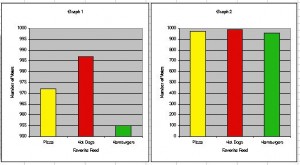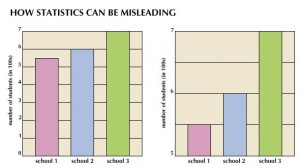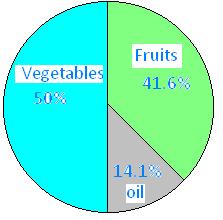Tanya Harrison is a planetary scientist, she is a PHD student in Geology at the University of Western Ontario. She works mostly on collecting data for and from Mars. Aside from all of the hard work she does with Mars she is a professional photographer.
Yesterday in science class we joined Tanya in a Skype call and talked to her about outer space and what she does in her job. Everyone in the class asked her some questions to further our understanding about space.
My question was. “How do we know all this stuff about space if we haven’t been everywhere?”
Her answer was. “With all of the information that we can collect using probes, satellites and landers, they are able to use all of the data to figure it out.”
Question. “How do the Mars rovers move”
Answer. “The Mars rovers are controlled by people on the ground. Because the distance between Earth and mars is very great, the commands to the rovers takes around 40 minutes or more depending on how far away mars is at the moment. Because of how delayed the connection is, the rovers move very slow at speed of 0.14km/h.”
Some other things that I learned from our Skype call is that the rovers have found evidence of liquid water on the surface of mars. They have found streams of salt left from the water after the water has evaporated.
Scientists have also found out that the lost rover that they thought might have crash landed actually did land but malfunctioned during landing.
Before this Skype chat I was very confused and disinterested about space and now coming out of this experience I would love to look more into space.



